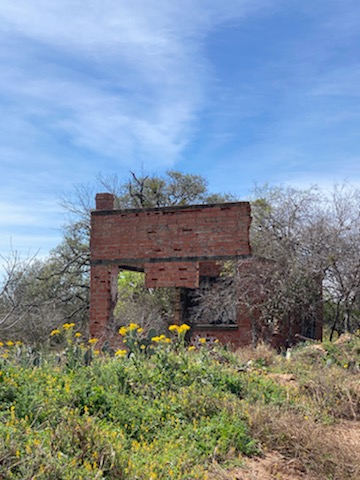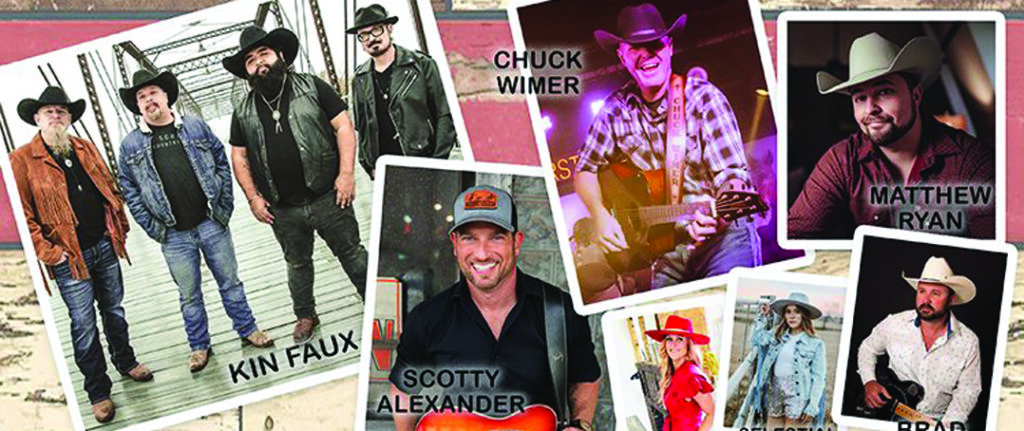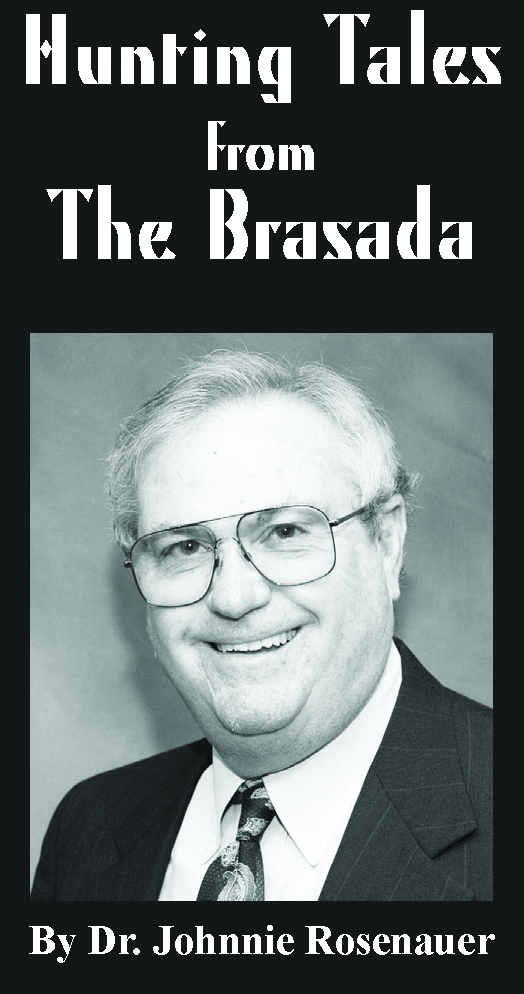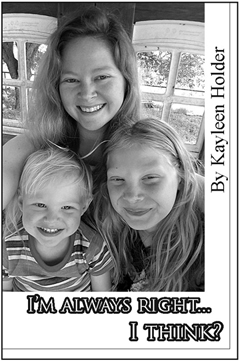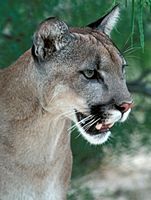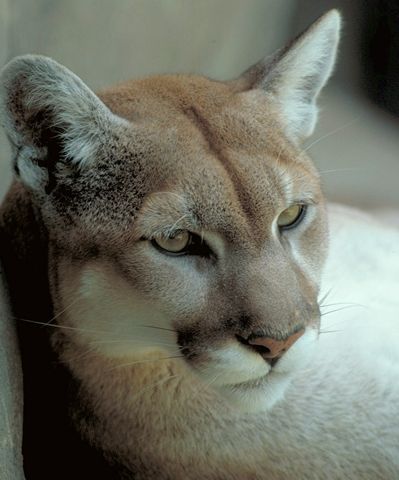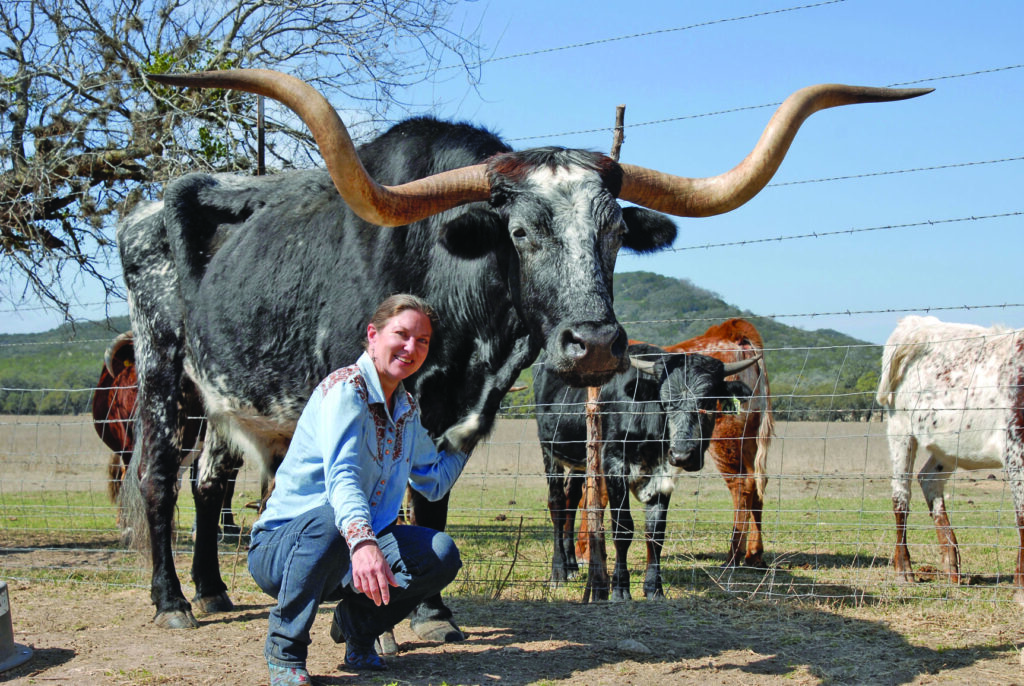
By Kayleen Holder
Editor
The year 2021 marked the 500th anniversary of cattle coming to the Americas. The iconic Texas Longhorn is getting harder and harder to find these days as the population has dwindled, but the Davis family is doing everything they can to preserve the iconic breed on their family ranch right here in Medina County.
DWD Longhorns, LLC owned by Don and Debbie Davis, is among a small group of conservation breeders. The ranch maintains a herd of roughly 50 Texas Longhorn cattle.
Dedicated to the cause, the Davis family also offers private tours with these majestic creatures, with any donations going to Cattleman’s Texas Longhorn Conservancy (more on this group later).
“I’m happy to give tours to groups of 5 or fewer. I frequently have families come out. I drive them out in a side-by-side ATV. We feed the cattle and they take photos. When people ask if they can pay me, I ask them to make a donation to the Conservancy instead,” Mrs. Davis said.
DWD Longhorns also sells cattle to other ranchers, many who love having that iconic piece of history among their herd.
“Longhorn mommas are great for raising beef calves sired by bulls of other breeds. Many commerce breeders have bought heifers from us for that purpose,” Mrs. Davis said. “On the flip size, longhorn bulls produce small, easy to birth calves, so they are popular to use on first-time heifers of large beef breeds.”
While the annual female calf crop is offered for sale to other ranchers and most of the male calf crop goes into the Grassfed beef program marketed through Bandera Grassland™. Due to persistent drought over the last four years, beef production has been very limited.
It is the Davis’s hope that slowly these cattle will cycle back into favor of mainstream livestock production. The best method of conservation for any endangered product is to create a demand in the marketplace for many reasons.
Longhorns are better suited to survive the drought among many other good qualities, Davis explains.
“They evolved here over 400 years. They are uniquely adapted to this area. Not only do they eat grass, they browse like a deer when no grass is available,” Mrs. Davis said.
“I have a photo taken in Alpine, TX during 2020 drought. that is testament to how well these cattle can maintain their body condition in adverse conditions. The range conditions were devoid of grass, yet these cattle scrounged enough browse to stay fat,” she adds.
In 2005, the Davis family also founded the public charity Cattlemen’s Texas Longhorn Conservancy (CTLC). Debbie took over the seat of president after the death of Enrique E. Guerra.
Renowned for their natural disease-resistance, the Texas Longhorn persists today as a superior source of beef in our changing climate.
As the most desirable environments and fertile lands are consumed by urban development, agricultural production for our nation’s food supply is pushed farther out into marginal and arid lands.
The Texas Longhorn is adapted to thrive in that environment. The meat is higher in protein and lower in cholesterol and saturated fat than other breeds of cattle and they are naturally adapted to grass-finish in this area. The Davis’s are working to educate young landowners about the value of the Texas Longhorn and biological significance of preserving unmixed individual breeds for the future of our food security.
A state representative, Justin Holland, recently wrote a commentary piece recently noting, “Every year, Texas loses nearly 250,000 acres of land to development. Rural working lands that make up the wide-open spaces definitive of the Texas character are evaporating at an alarming rate.”
Editor’s Note: Statistics like that one make us so grateful to the Davis family and all other farmers and ranchers in the area, working the land and putting food on our table.
Quick Q&A with Mrs. Davis
What do you love most about raising Longhorns?
I love seeing these beautiful animals in the pasture. Their varied colors and horn shapes make pasture visits like looking through a kaleidoscope. Anticipation of the upcoming calf crop is always rewarded by wonders of combinations.
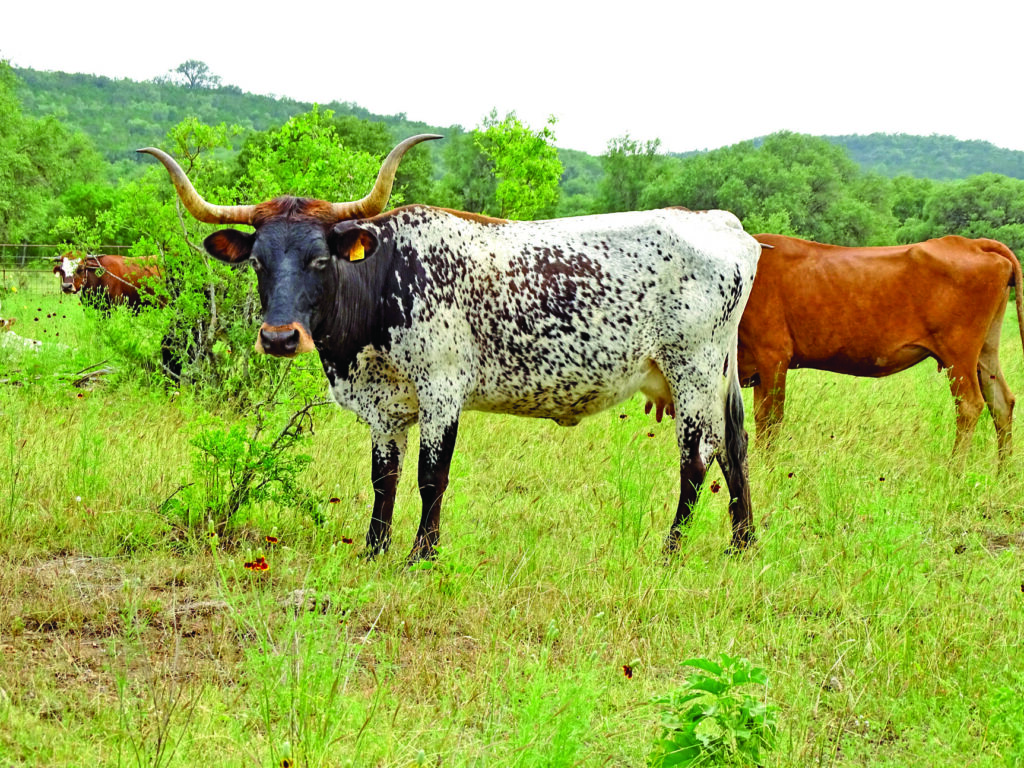
How large of an operation do you have in Medina County and in Texas?
On a beef production scale, we are quite small. On a cattle owner scale we are average according to a 2012 ag census. Thirty-six percent of the cattle inventory in this state comes from ranches with 50 or fewer head. To look at that from another angle, half of the ranches in this state raise 50 or fewer head of cattle. The fewer large acreage ranches make up the majority of cattle production in the state We average 50 breeding head on our Medina County property. We have a grazing lease in Bandera County and some family property in Hays County where we run a few extras.
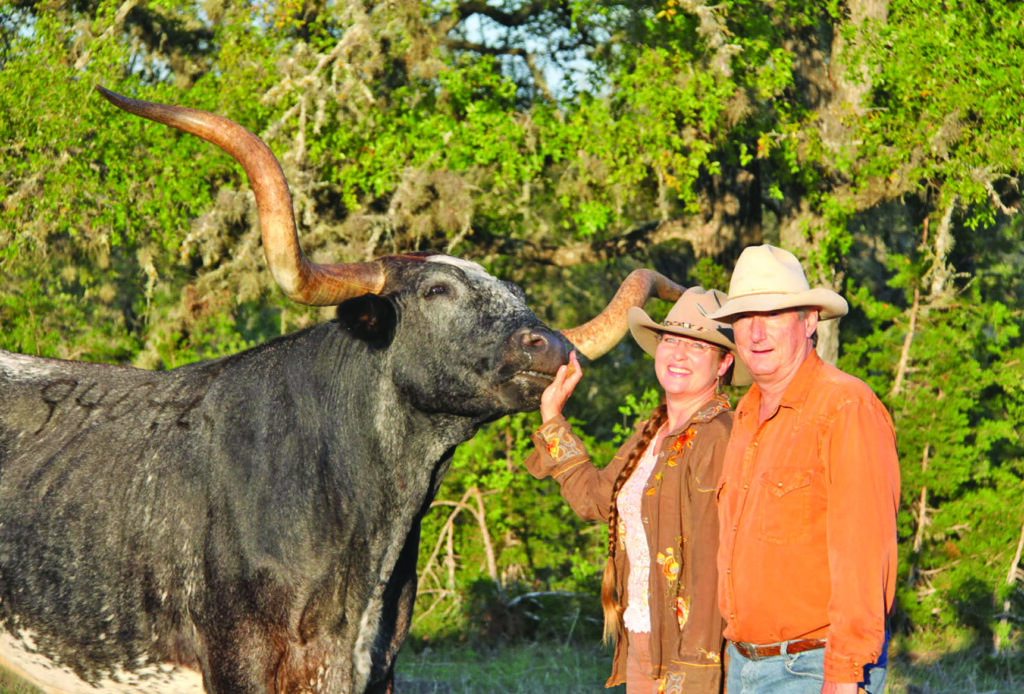
Did y’all grow up learning the cattle business?
Not exactly. Our agricultural roots skipped one or more generations. My paternal grandfather was a dry-land crop farmer in north Texas. Don’s family hails to the Trail Drivers era of twenty-one years following the end of the Civil War. We both grew up spending weekends on family-owned agricultural lands, but we were city kids. We were influenced by the idealistic 1960’s-1970’s influence to return to the land. We began dabbling in the cattle business on family land when Don surprised me on my thirtieth birthday with two Texas Longhorn heifers. As the years progressed we found we enjoyed the rural lifestyle more than our urban one and made the leap to buy a ranch. That was 1999. I took animal science and range management courses at Southwest Texas State University, but our best education was experience, jumping in and making mistakes. There were and continue to be resources for young agrarians such as Savory International, Stockman GrassFarmer and Acres U.S.A. conferences, publications by Allan Nation and a host of others skilled in sustainable practices.
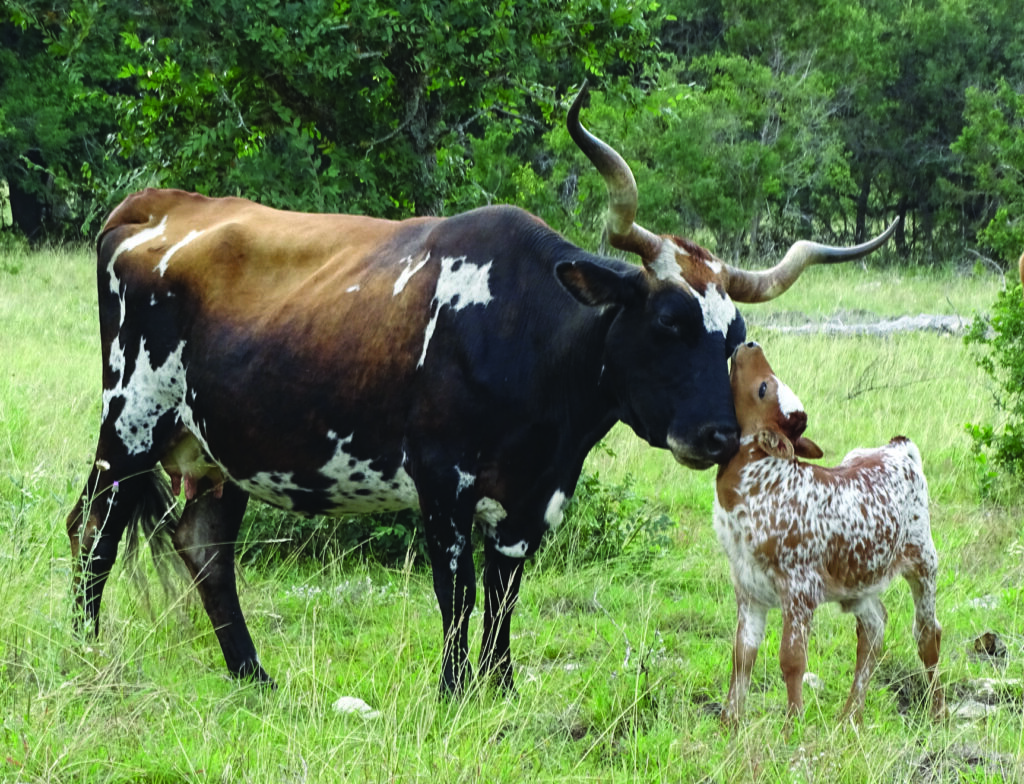
What led y’all to focus on preserving the iconic Longhorns?
We are both UT alumnae. Originally, we wanted a few pretty cows to enjoy on family property. We were fortunate early on to meet the founders of the Cattlemen’s Texas Longhorn Registry, who taught us to recognize the difference between historic phenotypes and the modern improved variety. We became passionate about preservation and focused our efforts to make raising a conservation herd economical.
These cattle come in all colors imaginable, making them interesting to see in the pasture.
Cows’ and steers’ horns grow in several shapes but all twist. Flat, straight out horn growth indicates crossbreeding with African breeds. Steers grow much larger than cows and taller than bulls.
Bulls’ horns tend to grow forward for fighting for dominance. The victor passes on his genetics to the next generation.
Cows’ horns grow laterally and twist. They know precisely where the tips of the horns are and use them as tools. They can scratch an itch on their rear, skewer a coyote, and swipe flies off their backs. I’ve even seen a clever steer use his horn to flip up a chain from a gate latch to open a gate—not the most desirable trick to learn, but demonstrates the intelligence of these animals and their ability to problem solve. Texas Longhorn cows are known for their fertility. They deliver their first calf by twenty-four months of age and breed back to calve again within twelve months. The best cows calve every ten to eleven months. I have had numerous cows by their tenth birthday, that have weaned as many calves as the cow is old. They are known for their longevity. Most Texas Longhorn cows continue to wean a calf every year until they are sixteen. I’ve had several make it to twenty-one years still raising calves.
Calves are born quite small; 35-50 pounds is average. Their small size, narrow shoulders and foreheads facilitate a trouble-free delivery. They are thrifty and able to travel within a short time after birth in event the mother senses danger. The calves grow quickly and can wean at half the mother’s weight by seven months.
Steers are castrated males. The beef industry prefers steer over bull meat because testosterone can toughen the muscle fibers and decreases inter-muscular fat. Without male hormones, steers’ horns tend to grow more in the shape of cows’, only much larger. Yes, steers do make great pets on rural properties.
We bought our steer Cole when he was about 15 months-old. He was among a trailer load of young steers plus a couple of mature ones we brought back to Texas in 1996. At that time, we had a good market for pet steers. By chance, we never sold Cole. He grew up and we took him on display to events such as the Cowboy Poetry Gathering in Alpine, TX. He had a gentle soul. He lived to be 21 years-old and died in the pasture. His skull has an honored place on the gable on the front of our home. Now we have our prize pet steer Roy, who is also very gentle.
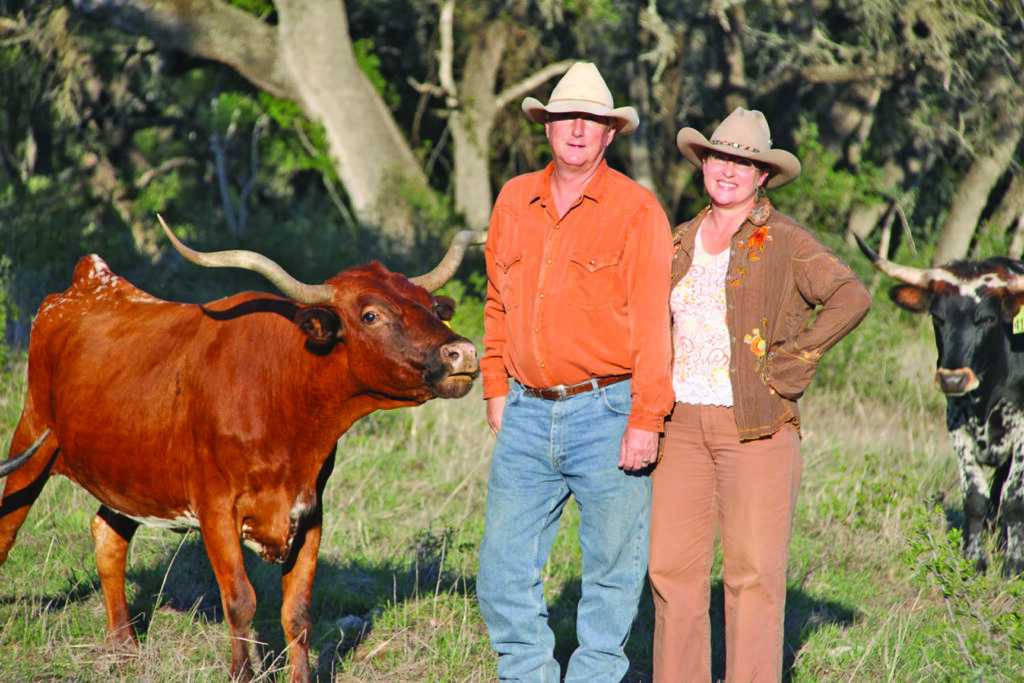
How do you know a real Longhorn when you see one?
Some of the typical traits possessed by conservation Texas Longhorn cattle are: Some attributes include a recumbent J shape bone conformation on the tail head. The tail sits slightly higher than the middle spine and the thigh drops straight to the hock. Many English and Indicus breeds have rounded rumps. The Texas Longhorn pelvis is level, not sloping downward. The flank is higher than the elbow. This is believed to attribute to ability to cover great distances. Many Texas Longhorns appear to have a limber sway in their spine as their long legs step over uneven terrain. The skin on their undersides is tight without pendulous flaps to catch thorny underbrush. Their heads are long and narrow. Cows frequently appear to be approximately the same width at the muzzle as the crown. Their nostrils are large enabling free intake of breath on their long endurance walks. They have long hair in their elliptical ears that helps to keep out insects. Those ears are in a protected position high under the horns.
A little history….
The iconic Texas Longhorn is a breed of cattle that evolved by natural selection to be uniquely adapted to the environment of Texas, Mexico, and the southwestern US. Iberian ancestors of this breed were brought to the New World by Spanish explorers and Missionaries beginning in 1521.
The first cattle to set foot onto the North American Continent were brought by Ponce de León to the Fort Myers area of Florida in 1521. Descendants of those cattle evolved into the Florida Cracker breed; small-framed animals adapted to swampy conditions. That same year under the navigation of Gregoiro de Villalobos, ships of cattle landed at the Pánuco River near Tampico, Mexico. Descendants of those cattle and from subsequent voyages over the following 200 years contributed to the genetics of the Texas Longhorn; a tall, long-legged animal adapted to arid, thorny, predator prone environments.
These are the cattle of legendary trail drives where the American cowboy was born moving over nine million head to the northern plains to build herds for westward expansion and to Kansas railheads to feed the hungry northeastern nation after the War between the States. These cattle rebuilt the Texas economy after the war and established many of the great Texas ranches prior to the oil industry.
Longhorns cattle fell out of favor with ranchers in the late 1800’s as fattier European breeds were introduced. Back then, the tallow was as important as the beef, for candles, soap, and other household necessities. The Texas Longhorn horns did not fit well into railcars and the independent will of the breed was more difficult to restrain. The 69th US Congress appropriated $3000 in 1927 to save Longhorns “from complete extinction.”
Today, descendants of those early gathered cattle remain today on the Wichita Mountains Wildlife Refuge in Oklahoma and Fort Robinson State Park in Nebraska. Descendants of the herd assembled by Sid Richardson reside today as the Official State of Texas Longhorn Herd at Fort Griffin State Historic Site in Albany, TX, San Angelo State Park and smaller groups at Copper Breaks State Park, Abilene State Park and Palo Duro Canyon State Park.
Roughly 100 private breeders continue to raise heritage genetics Texas Longhorn cattle, numbering between 3000-3500 total animals in this country.
The breed was declared Critically Endangered by The Livestock Conservancy in 2014.
Few herds remain of animals that do not possess genetics crossed with other breeds. The small gene pool creates unique challenges for conservation breeders to maintain genetic diversity. Although there are tens of thousands of horned cattle in the USA and other countries, the historic Texas Longhorn is endangered by dilution due to crossbreeding.
More about CTLC
Mrs. Davis recently helped re-design the website for Cattleman’s Texas Longhorn Conservancy “where history and science meet at the horns.”
The group’s mission is “to safeguard the integrity of the old-time, traditional Texas Longhorn for future generations by educating the public about the value of conserving this naturally evolved breed of cattle and providing resources for continued research into understanding their unique, genetic traits.”
Cattlemen’s Texas Longhorn Conservancy is a nonprofit, tax-exempt charitable organization (EIN 05-0618099) under Section 501(c)(3) of the Internal Revenue Code. Donations are tax-deductible as allowed by law.
Mrs. Davis continues to act as liaison between cattle breeders and research Geneticists working on a comprehensive genetic definition of the historic Texas Longhorn. The CTLC maintains a bank of semen collected from conservation bulls for use by conservation breeders, genetic research and to ensure for posterity preservation of old genetics. The CTLC offers for public use a library of research articles available on the website and developed a TEKS curricula for fourth and seventh-grade Texas History and Social Studies students and High School Biology lessons. The organization has need of a certified educator to update those lessons to current STAAR requirements. We are calling for volunteers.
Here’s how you can get in touch: Cattlemen’s Texas Longhorn Conservancy
Debbie Davis, President
P.O. Box 36
Tarpley, TX 78883
(830) 562-3650 land line
(830) 796-1057 cell
debbie@texaslonghornconservancy.org

